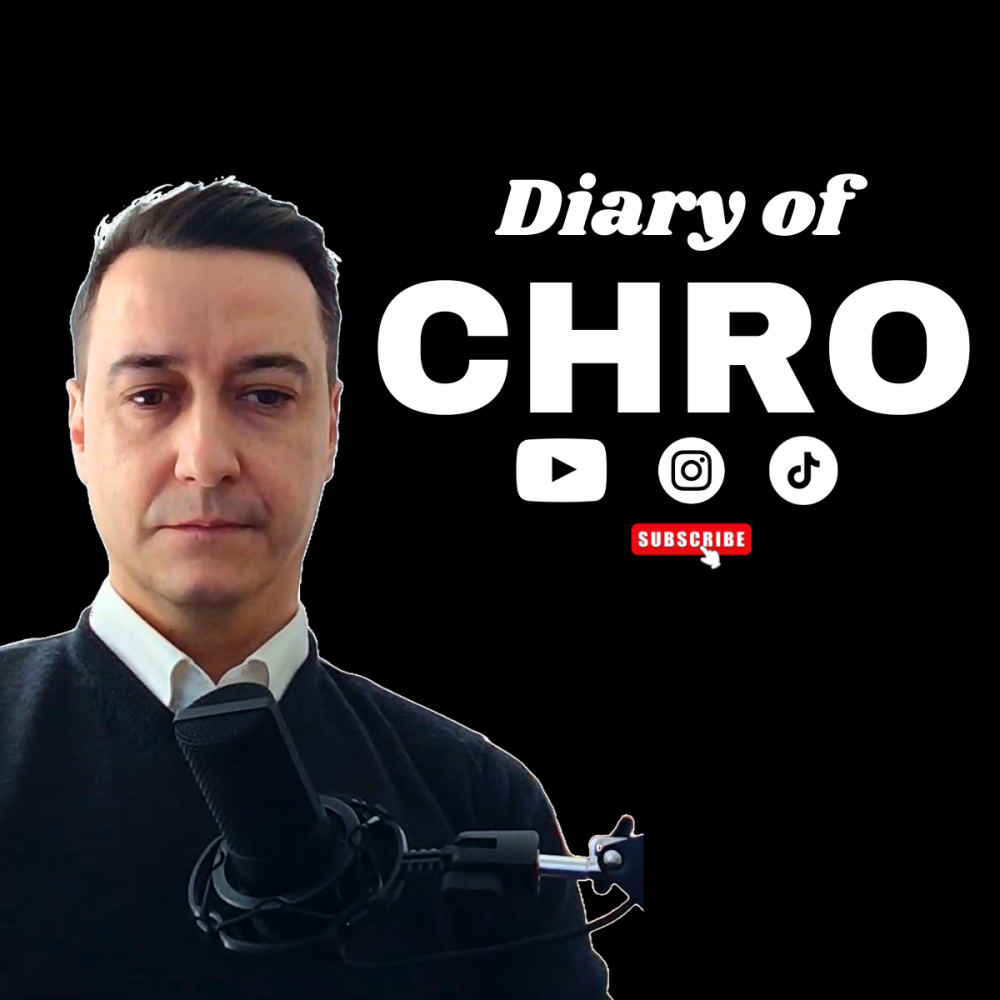Welcome to People Protocol, a newsletter dedicated to exploring how Web3 companies find, attract, and retain top talent. This time, we sat down with João Ricardo, an experienced HR leader who has spent the last six years building and scaling teams in Web3 at Tether.io and Bitfinex. From the hiring mistakes that lead to high turnover to the cultural challenges of remote, globally distributed teams, Joao shares his insights on what it takes to build a strong, aligned workforce in this fast-moving space.

Your journey into Web3 has been shaped by deep experience in HR and people leadership. What initially drew you to this space, and what has kept you here?
It just happened. In 2019, I joined Bitfinex with little knowledge of Web3 or even crypto. Six years later, Web3 has become the space where exciting things are happening, with new projects emerging every day.
You’ve held HR and Talent Leadership roles at some of the most respected organizations. From your experience, what are the biggest hiring and retention challenges Web3 companies face, and how do they compare to Web2?
Unlike Web2, Web3 has a limited pool of engineers with blockchain expertise. Web2 benefits from an established talent pipeline, with a much larger pool of experienced software developers. This creates intense competition for skilled blockchain developers, with crypto startups, DAOs, and big tech companies all vying for the same talent.
Web3 teams are often decentralized, remote-first, and globally distributed. What strategies have you found most effective for creating a strong, unified company culture in this environment?
A solid recruitment process is key. You need to hire senior, self-sufficient professionals who can work independently and deliver as expected. In a decentralized setup, no one is constantly overseeing them. The culture is built on trust and empowerment. As long as team members deliver results and remain accessible, they can work from home, a co-working space, or even while traveling.
Structuring HR and talent functions in Web3 can be vastly different from traditional industries. What key lessons have you learned about adapting HR strategies to fit this new paradigm?
The core strategies remain the same: hire great talent, develop them, and retain the best. However, they must be adapted to a decentralized, remote-first, and globally distributed workforce.
Cultural differences play a huge role in a globally dispersed team. Time zones, communication styles, and language barriers can create misunderstandings. To avoid this, keep messages concise, clear, and jargon-free to ensure non-native English speakers can easily understand. Recognizing and celebrating local holidays across the team also helps foster inclusivity and engagement.
Many Web3 startups experience hypergrowth, scaling from small teams to global organizations almost overnight. What are the biggest pitfalls leaders should avoid, and what strategies help scale teams efficiently while keeping alignment?
Rapid hiring to meet demand often results in poor cultural alignment. In Web3, where decentralized collaboration is key, this can create silos and disengagement. Unclear responsibilities can also lead to decision paralysis as teams scale. Additionally, the 24/7 nature of crypto can easily lead to team burnout if not managed properly.
Looking at Web3 hiring and team management today, what do you see companies consistently getting wrong? What fundamental shifts need to happen for teams to thrive long-term?
Many Web3 startups hire too quickly without ensuring mission alignment, leading to high turnover. Once hired, especially in smaller companies, employees often face unclear accountability or reporting lines. This creates frustration and limits access to the information they need to succeed.
One of the best ways to address this is through regular HR check-ins with team members. I like to call these “HR Lunches” - not because participants are eating during the call, but because, at least in Portugal, there’s a tradition of inviting someone for lunch or coffee when you want to have a more informal conversation. Using this mindset, these meetings create a relaxed space where employees can openly discuss what’s going well and what could be improved.
For HR and People Leaders eager to transition into Web3, what are the most important skills, mindsets, or strategies they need to embrace to succeed in this space?
Even in HR, you won’t survive in Web3 without intellectual curiosity. The space moves fast, like a train that never stops, so you’ll constantly feel like you're trying to catch up. This is especially important when speaking with candidates. As an ambassador for your company, you need to speak their language and demonstrate a strong understanding of the technology and projects to be taken seriously.
I noticed you have an HR Podcast. Can you talk a little bit about it?
Sure! Diary of a CHRO isn’t Web3-specific but focuses on interviewing HR leaders and sharing interesting HR stories. In the future, a great topic could be the differences between HR in traditional tech and Web3. The vision is ambitious. I want to interview all current and future HR leaders. Will you be next?




